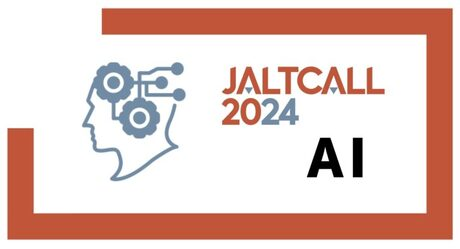Speaker
Description
We describe a new annotation framework and dataset for generating pedagogically effective automated feedback comments on second language (L2) learner writing.
Recent advances in natural language processing (NLP) have contributed to the development of myriad AI writing assistance programs, such as Grammarly or DeepL Write, that can correct grammatical errors in text. The use of such applications has become widespread among learners of English. However, while these systems are effective at improving text, they are not optimally designed to facilitate language learning. They favor direct revisions, often with a click-to-fix functionality that can be applied without the learner considering the reason for the correction. Meanwhile, depending on the error type, learners may benefit most from level-appropriate elaborated feedback in the form of strategically indirect hints, especially on generalizable grammatical rules.
To support the generation of such comments, we introduce a hierarchical annotation schema labeling errors by pedagogical feedback point using such terms as “relative clause” or “comparative,” and describe plans for a dataset of learner sentences annotated with such labels. We additionally tag errors as “generalizable” or not, allowing differentiated comment strategies based on this factor. Furthermore, we add an example feedback comment to each error in the learner writing corpus. These feedback comments are labeled as either direct corrections or hints.
A dataset annotated in this fashion can inform data-driven methods for producing feedback that better targets the points learners are struggling with and more closely resembles the angles taken by teacher feedback. This annotation framework represents a novel attempt to bridge insights from education and AI to provide truly supportive intelligent writing and learning assistance technology.
| Keywords | Written Corrective Feedback, Grammatical Error Correction, Dataset, Artificial Intelligence in Language Education |
|---|

